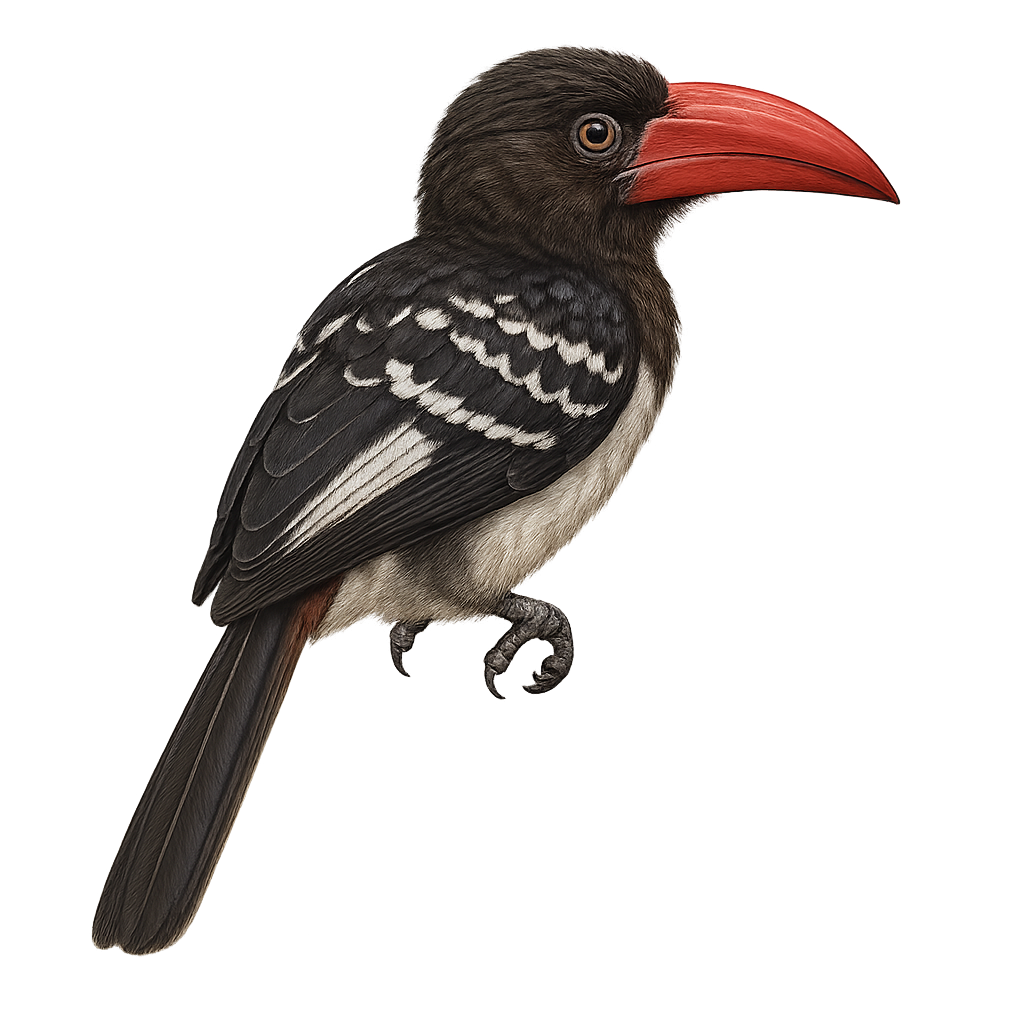Your wildlife photography guide.
Explore the african dwarf hornbill in detail, study its behavior, prepare your shots.
Where to observe and photograph the african dwarf hornbill in the wild
Learn where and when to spot the african dwarf hornbill in the wild, how to identify the species based on distinctive features, and what natural environments it inhabits. The WildlifePhotographer app offers tailored photography tips that reflect the african dwarf hornbill’s behavior, helping you capture better wildlife images. Explore the full species profile for key information including description, habitat, active periods, and approach techniques.
African Dwarf Hornbill
Scientific name: Lophoceros camurus

IUCN Status: Least Concern
Family: BUCEROTIDAE
Group: Birds
Sensitivity to human approach: Suspicious
Minimum approach distance: 10 m
Courtship display: March to May
Incubation: 23-25 jours
Hatchings: March to June
Habitat:
Tropical forests, wooded savannas
Activity period :
Primarily active during the day, with peak activity in the morning and late afternoon.
Identification and description:
The African Dwarf Hornbill, or Lophoceros camurus, is the smallest hornbill species in Africa. It is easily recognized by its glossy black plumage, white belly, and large curved red bill with no casque. It inhabits the humid tropical forests of Central Africa, especially in Cameroon, Gabon, the Republic of the Congo, and northern DRC. It forages mainly in the canopy, feeding on fruits, insects, and small vertebrates. Though discreet, it is active and often seen in pairs or small family groups. While understudied, it appears locally common but remains vulnerable to habitat loss.
Recommended lens:
400mm – adjust based on distance, desired framing (portrait or habitat), and approach conditions.
Photography tips:
To photograph the African Dwarf Hornbill, it is advisable to use a 400mm lens or longer to capture precise details without disturbing the bird. The best opportunities often arise early in the morning or late in the afternoon when the light is soft. Be patient and discreet, as these birds can be suspicious. Try to capture social interactions or feeding behaviors for dynamic images.
The WildlifePhotographer App is coming soon!
Be the first to explore the best nature spots, track rutting seasons, log your observations, and observe more wildlife.
Already 1 432 wildlife lovers subscribed worldwide

